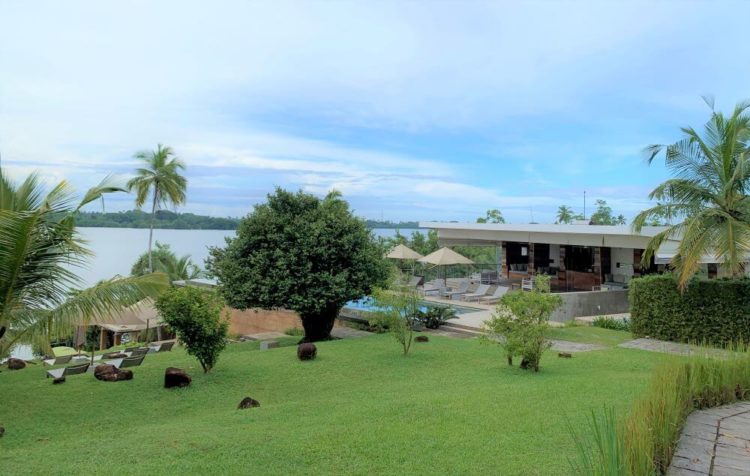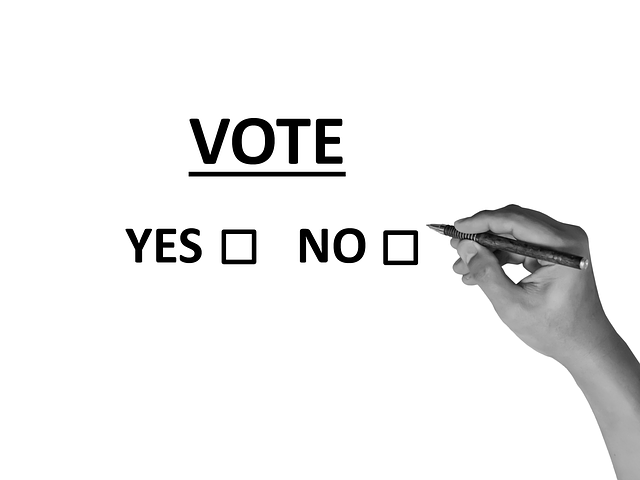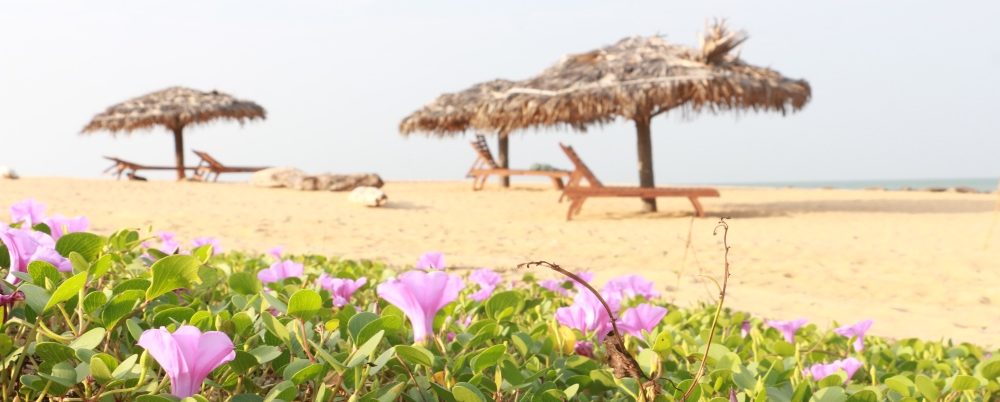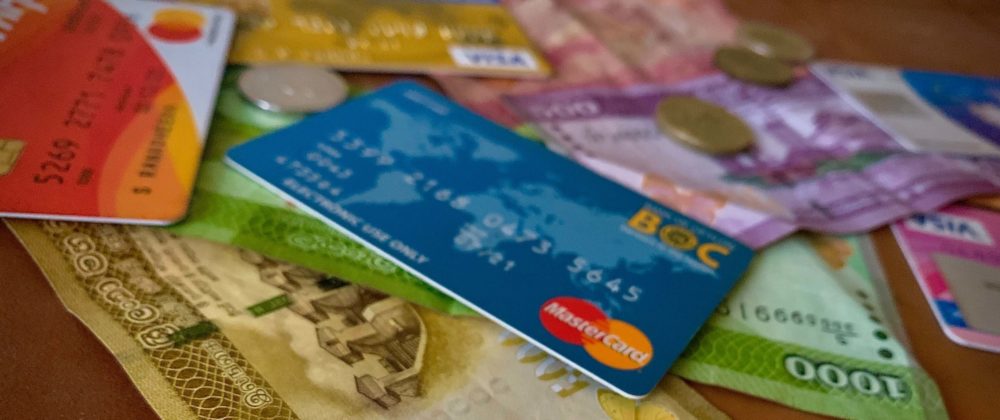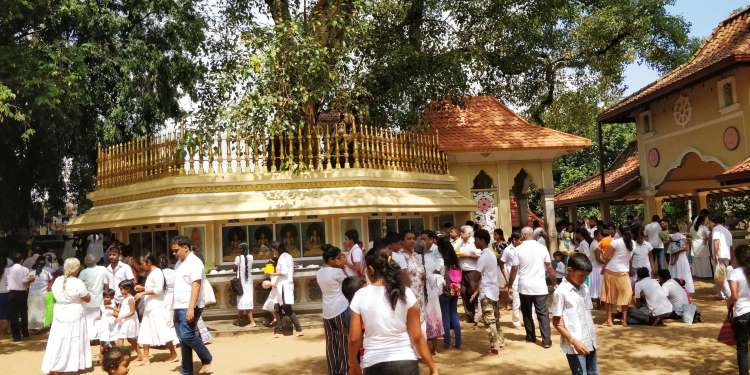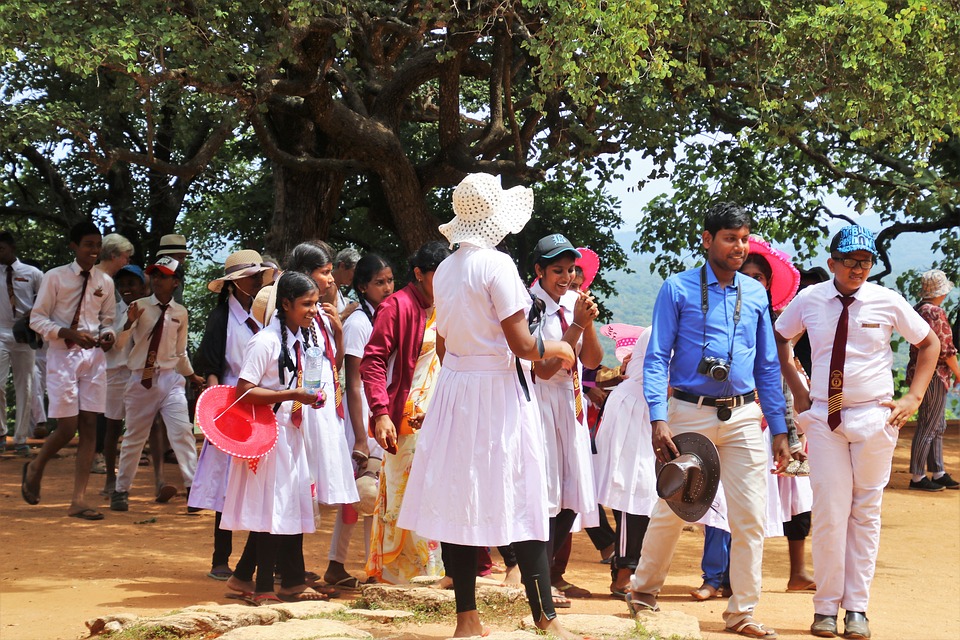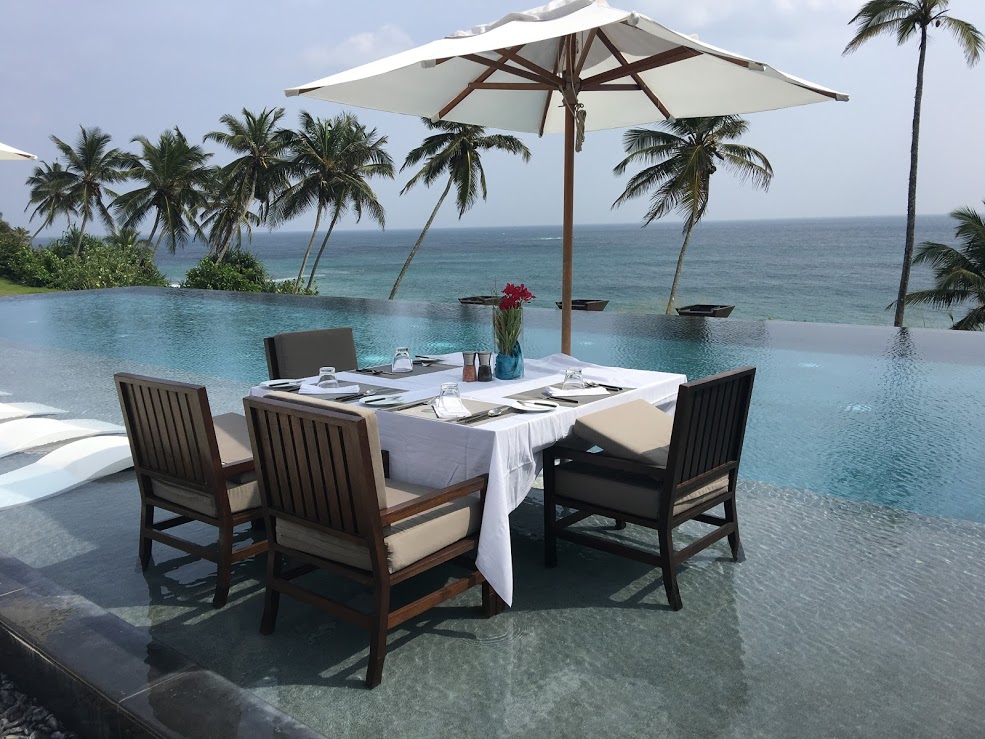How to Find the Best Tour Operator in Sri Lanka
Summary Of The Article Is This Article for You? Do you like a fully personalised tour, with the assistance of a local expert? Do you want to reserve your holiday in advance? Do you like your comfort and staying in nice hotels? Then, getting the experienced and expert assistance of local tour operators/travel agents in Sri Lanka is the way to go. Advantages of Using Local Tour Operators / Travel Agents to Travel in Sri Lanka Looking for massive price advantages and getting a local expert to fully customize a tour depending on your personal preferences, time frame and budget Disadvantages of Using Local Tour Operators / Travel Agents You won’t get to meet them physically, and your overall experience of getting assistance for your holiday planning will be different when compared to an agent that you work with regularly. Types of Tour Operators / Travel Agents in Sri Lanka There are luxury travel focused tour operators / travel agents, budget tour operations and a wide variety in between. You can surely find one that suits your budget and style of traveling. Things to Check Prior to Selecting a Local Tour Operator / Travel Agents Check their online presence, customer reviews and testimonials, their responsiveness to your queries, their language proficiency and their knowledge prior to select the local tour operators / travel agents in Sri Lanka Who are The Best Local Tour Operators / Travel Agents in Sri Lanka A list of 10 local tour operators / travel agents in Sri Lanka with their contact details, reviews. The Internet is bridging the World as we know it. A swift development in communication and information technology has eliminated all the barriers to a connected world, bringing everyone together. Travel and tourism industry is apparently one of the major industries that has been disrupted by this digitalisation and the overall globalization. Let’s look at how you booked your holidays about 25 years ago, you must have to fully depend on local travel agents to plan your holiday. But nowadays, due to the advancement of information technology, you are able to plan your own holiday without any hassle after researching every single concern you have, through the internet and with the support of similar online communities. However, there are still a good amount of pros and perks of getting the assistance of a tour operator, especially if you are planning to visit a country like Sri Lanka. Are you thinking of traveling to Sri Lanka and need some credible assistance in booking and planning your holiday to be seamless? Your best bet is to go for a local tour operator in Sri Lanka. This will avoid the traditional cycle of the holiday reservation and you will be able to get a good price advantage. Ex: – If a person from the United Kingdom prefers to visit Sri Lanka, normally they tend to go to a travel agent such as Trail Finder or Kuoni which are based in the UK. That travel company then contacts the Sri Lankan Destination Management Company (DMC) for the ground handling. DMC will execute the plan arranged by your company back in your country after discussing it with the client. But instead of contacting Kuoni, now the person from the UK can directly contact a local tour operator in Sri Lanka and ask to plan their holiday in Sri Lanka. Cut out the middleman! That’s right. This can be simply done by visiting the websites of the Sri Lanka local tour operators Bellanvila Temple, Colombo. There are number of historical temples are available around the city of ColomboPlease read This Article, if you are not familiar with the wordings of Destination Management Companies (DMC) and Tour Operators / Travel Agents. Do you belong to any of the following categories? Then this article is for you! 1. I would like to have a personalized tour. When you want to have a holiday which is perfectly customized and tailored for your specifications. In this case, contacting a local tour operator in Sri Lanka is the best option. They are the ground experts who can provide the best options for you. 2. I did my research before travel, but I would like to have the assistance of an expert You might have thoroughly researched the travel destination before reaching the destination. However, a place like Sri Lanka where the information is not properly organised, can be a hindrance to maximize your budget and time. Get the assistance of a local tour operator to fill the gap of the ground reality and what have written in the books or the internet. 3. I am not a backpacker, and I want to have a comfortable holiday For backpackers and budget travelers, consulting an online travel agent is always a good way to go since they offer a wide variety of accommodation options that include hostels, homestays and more. However, if you like your comfort and the safety of a nice hotel room during your vacation, reserving through a tour operator / travel agent is ideal in Sri Lankan setup, as agent’s rates are always better than the online rates when it comes to star-rated hotels and other high end specialized accommodation. 4. I would like to prepare my tour well in advance You prefer planning and fully confirming your annual vacation well in advance. Great! By booking through a local tour operator, you can lock the best prices for your reservations with a small advance payment, may be with an Early Bird Discount! Why Should You Use A Local Tour Operator To Plan Your Holiday? 1. Price Advantage The main advantage of using a local tour operator is the massive price advantage that you get with it, when compared to a non-Sri Lankan travel agent back in your own country. There are many reasons for it. The first reason is simple, by contacting a local travel agent directly, you are skipping a few parties in the loop – hence avoiding their mark-up/profits on the final price. The second reason is that compared to the UK, Australia
How to Find the Best Tour Operator in Sri Lanka Read More »

